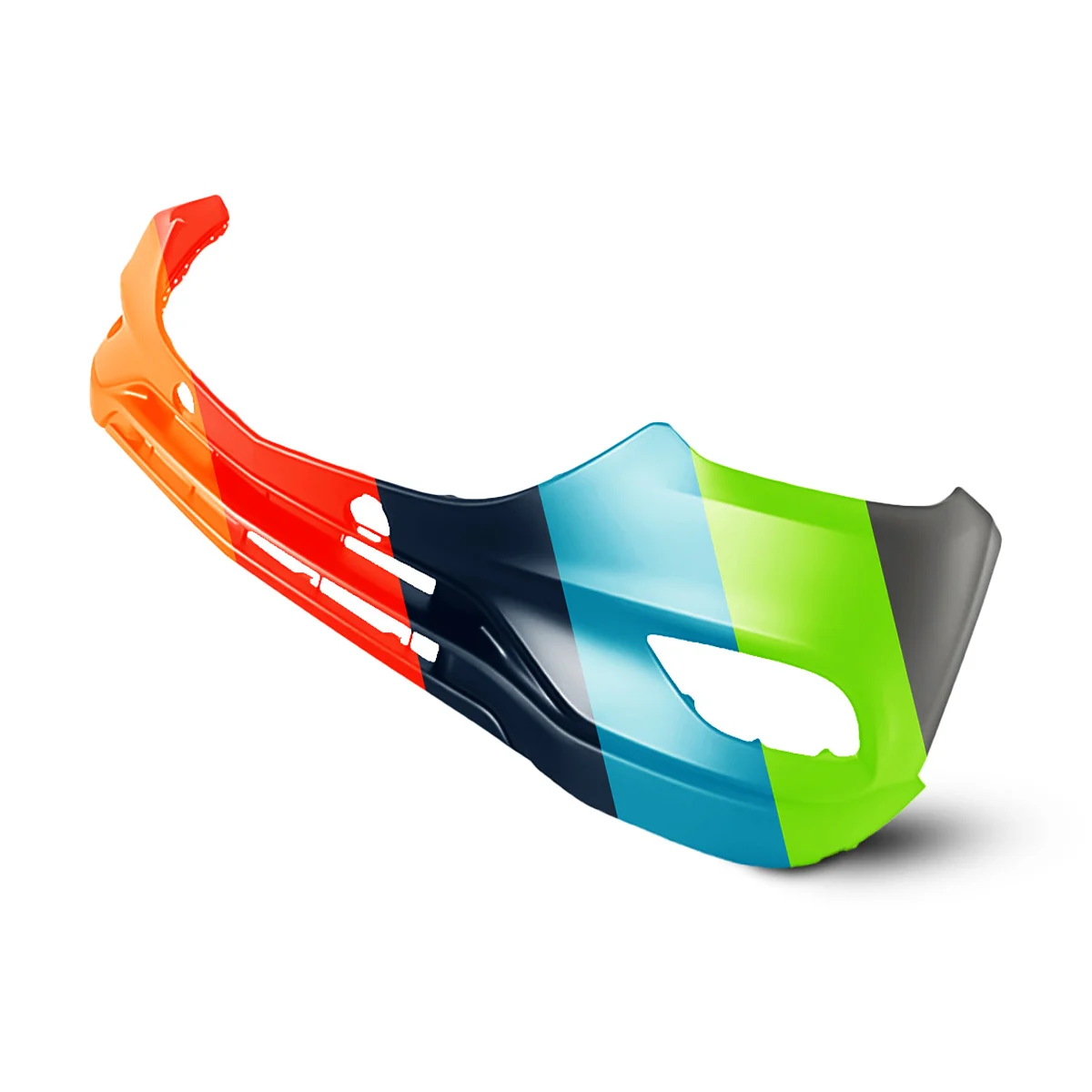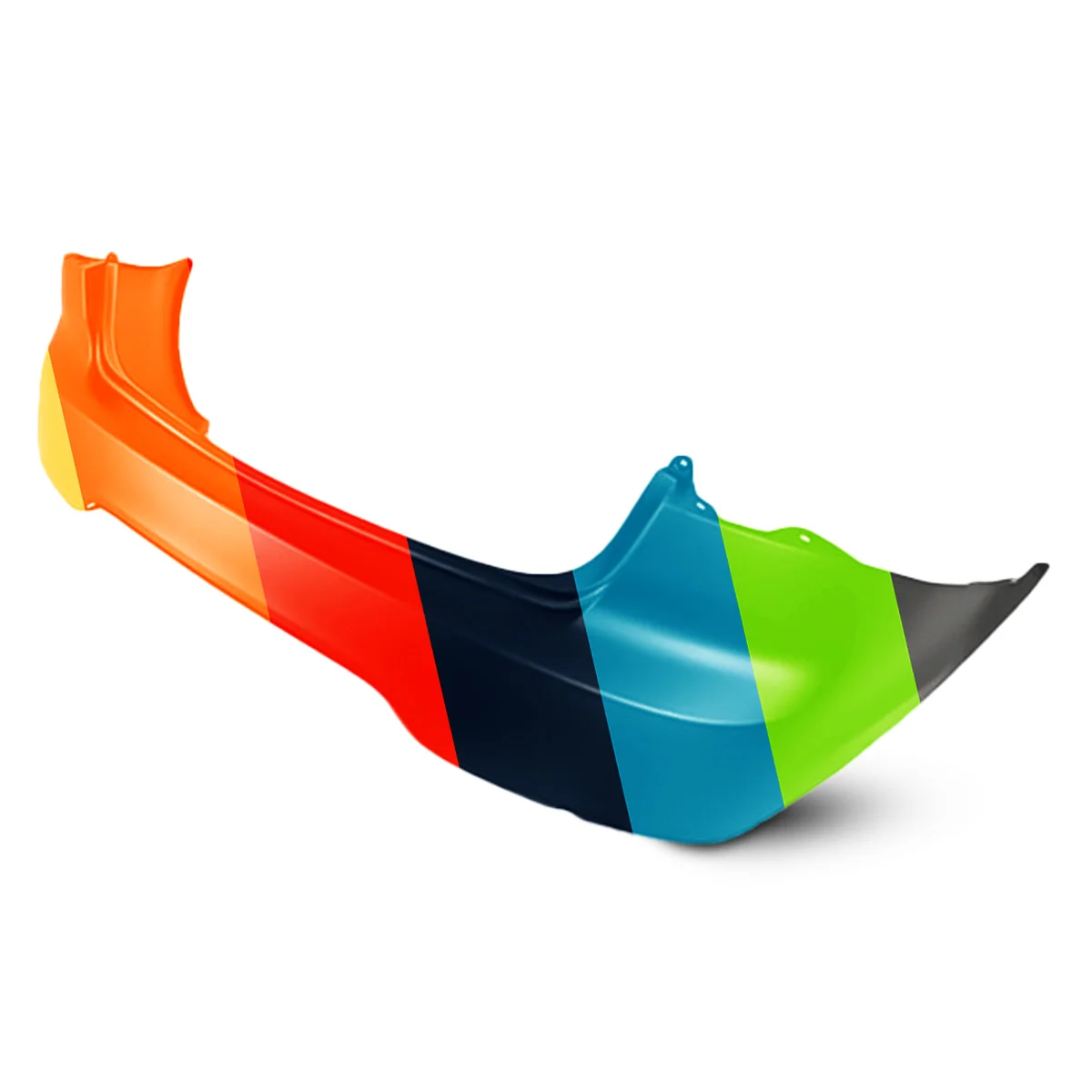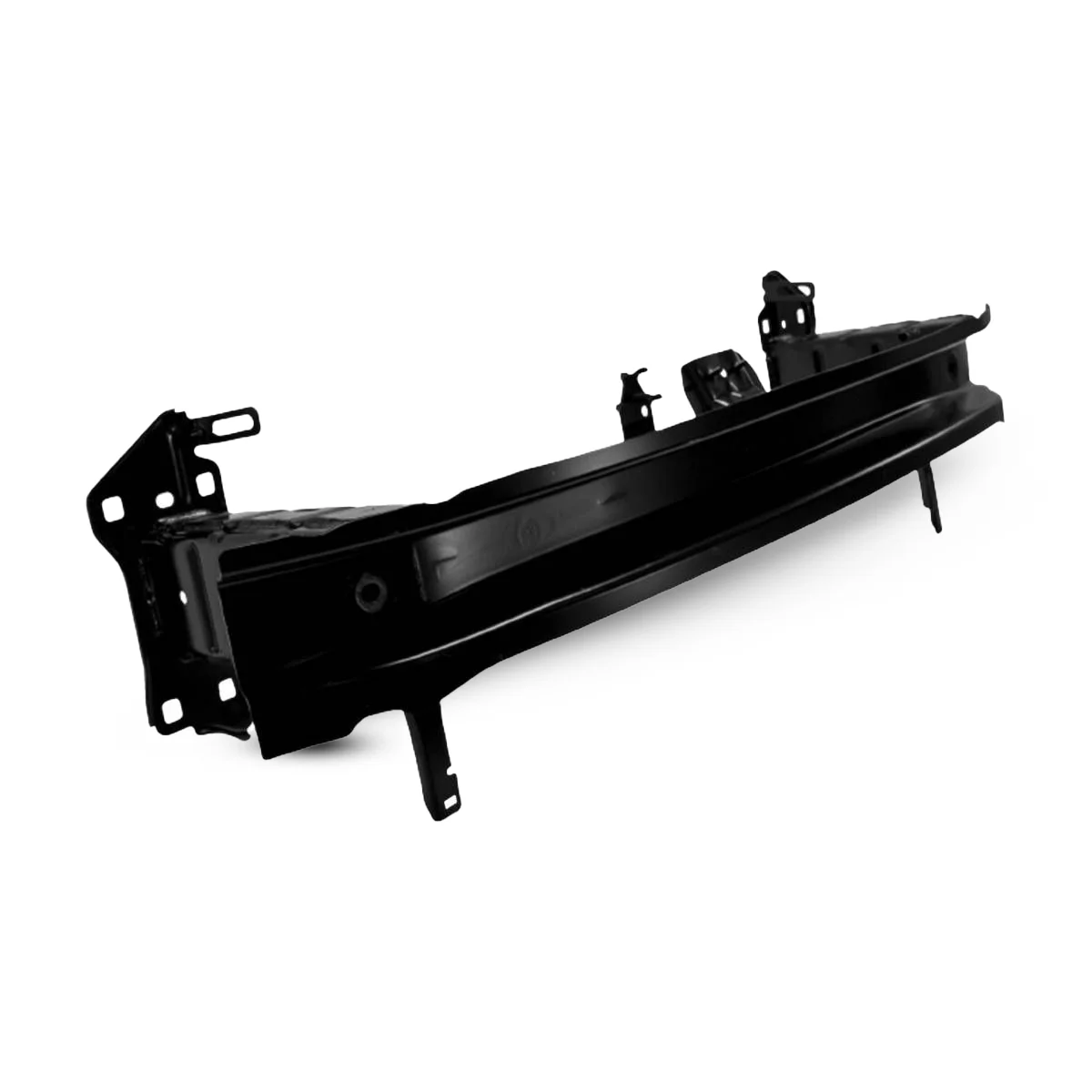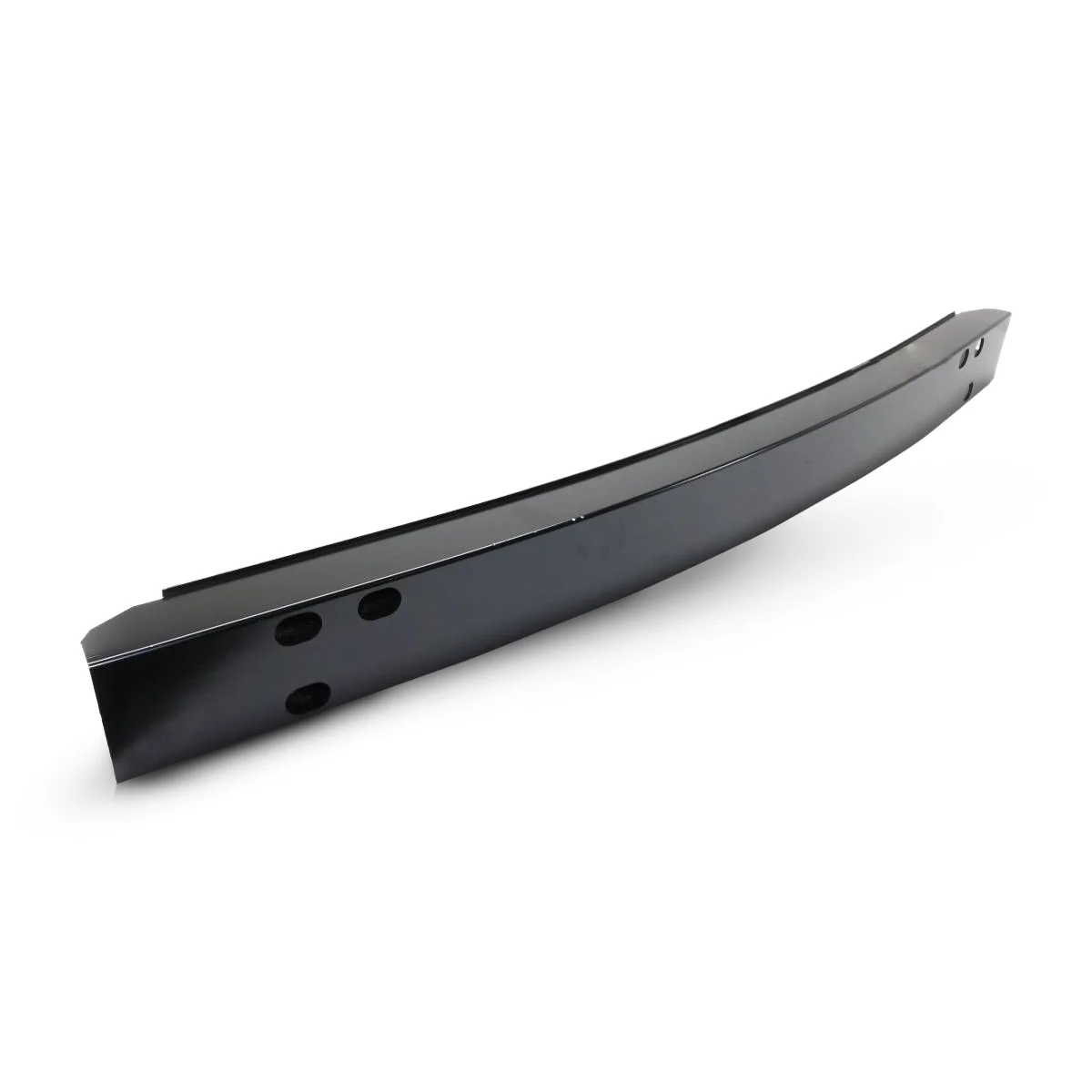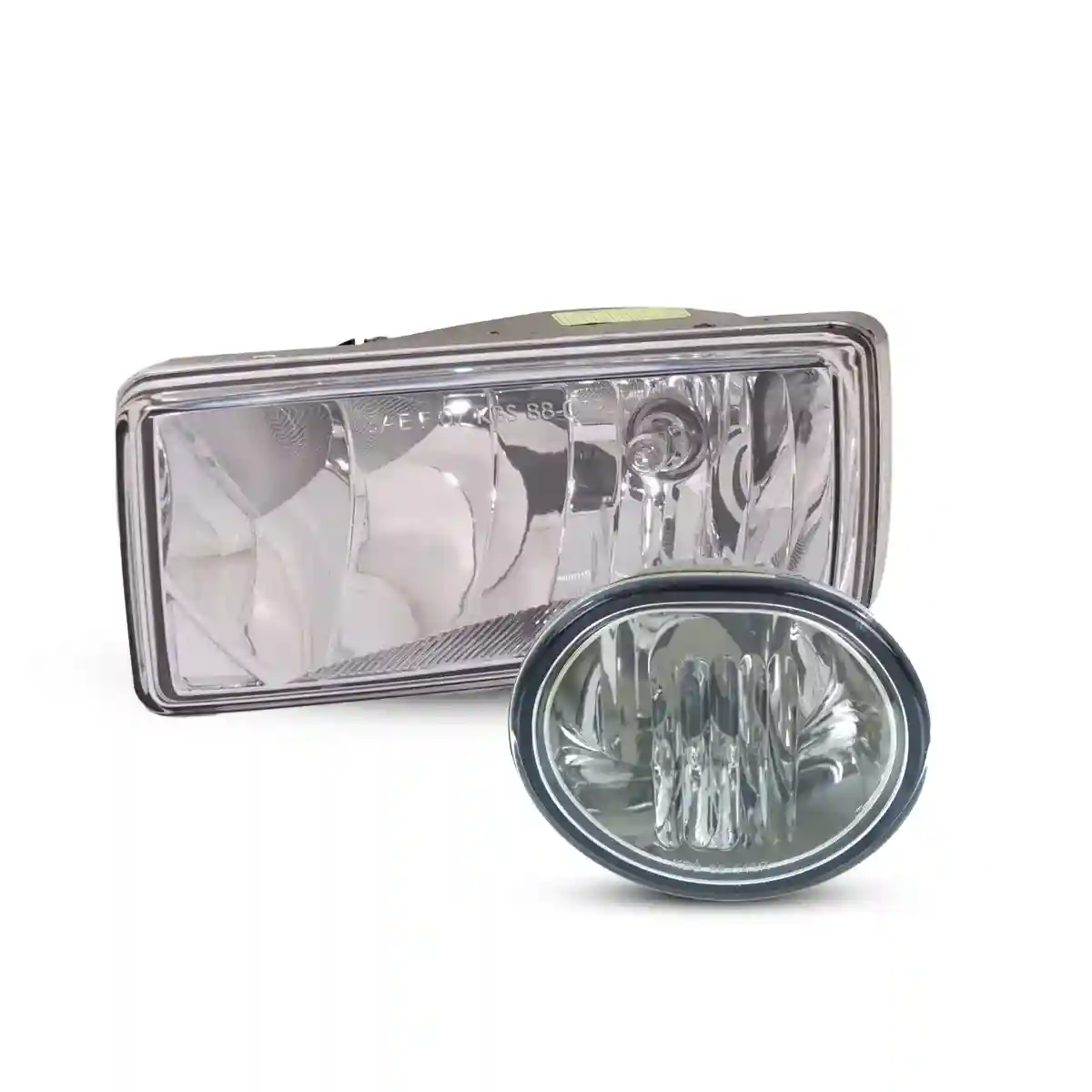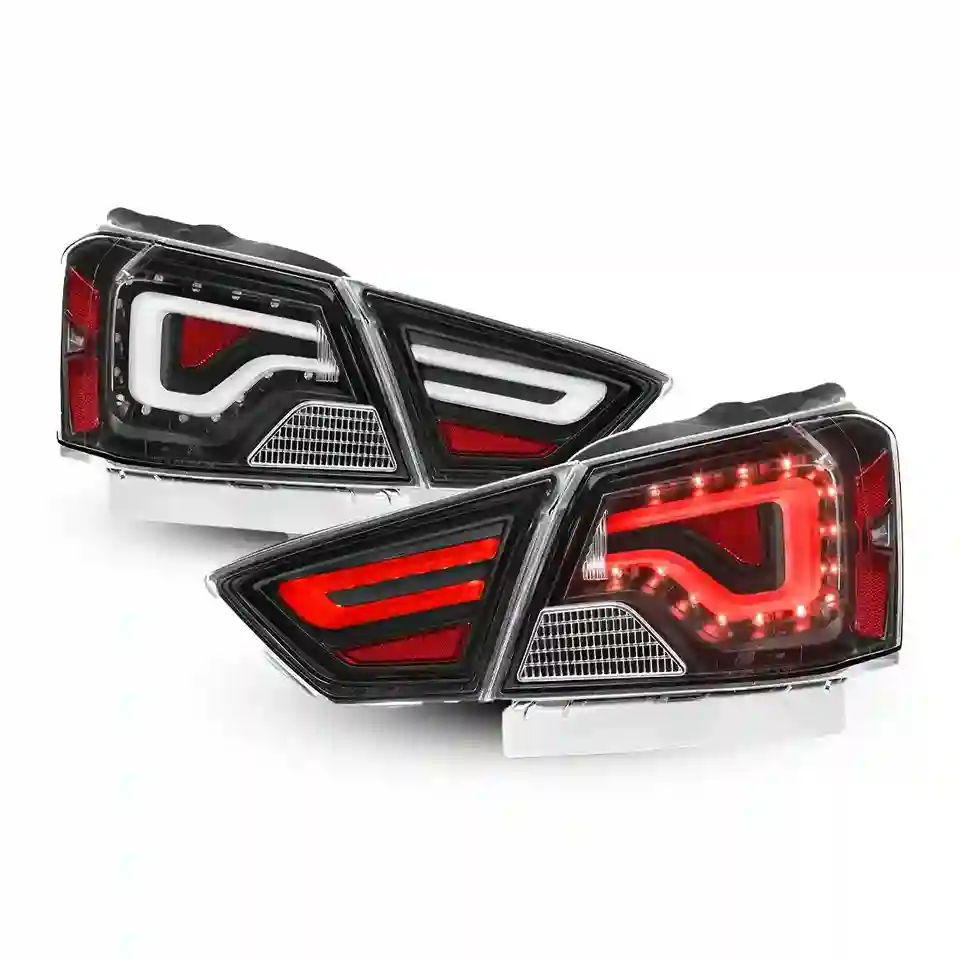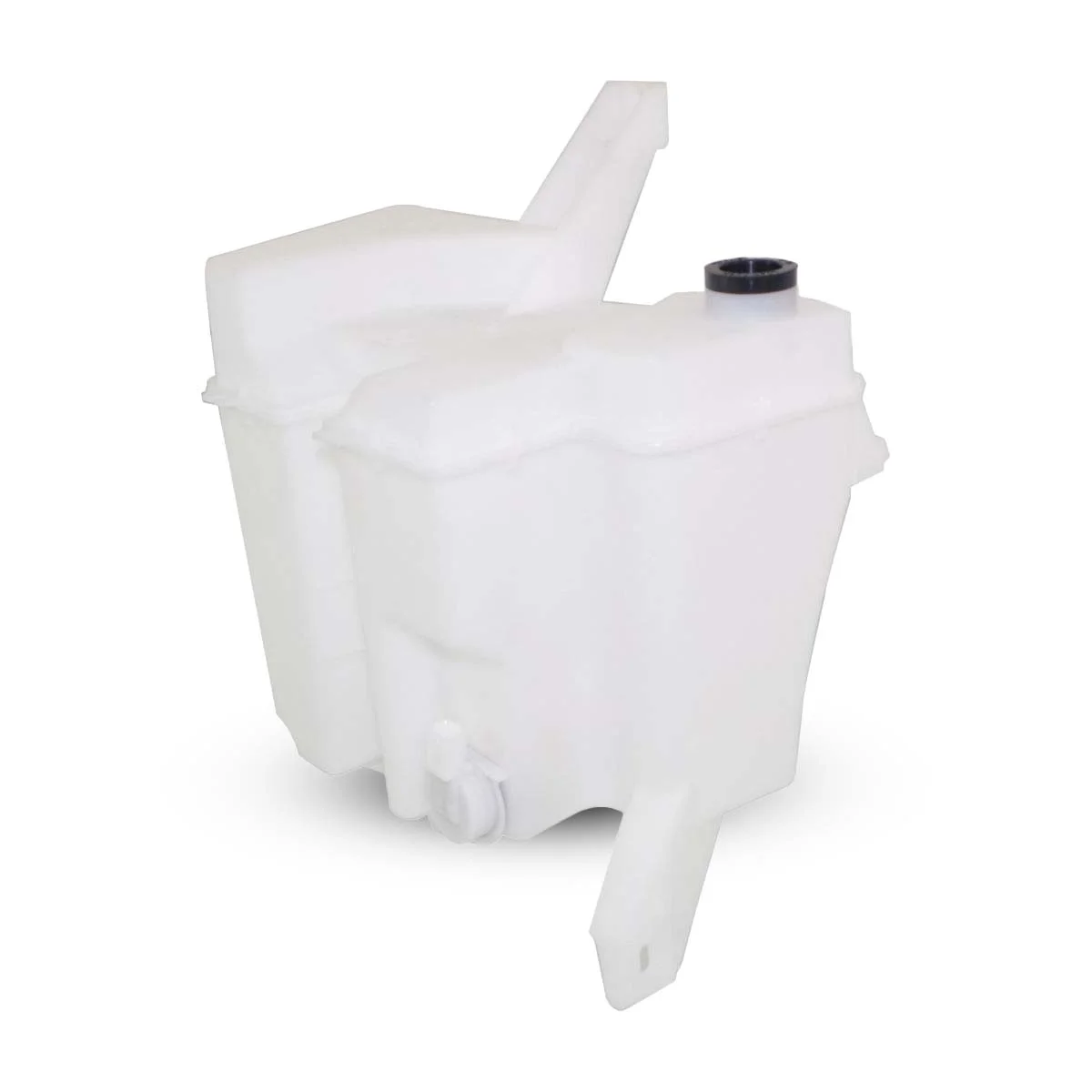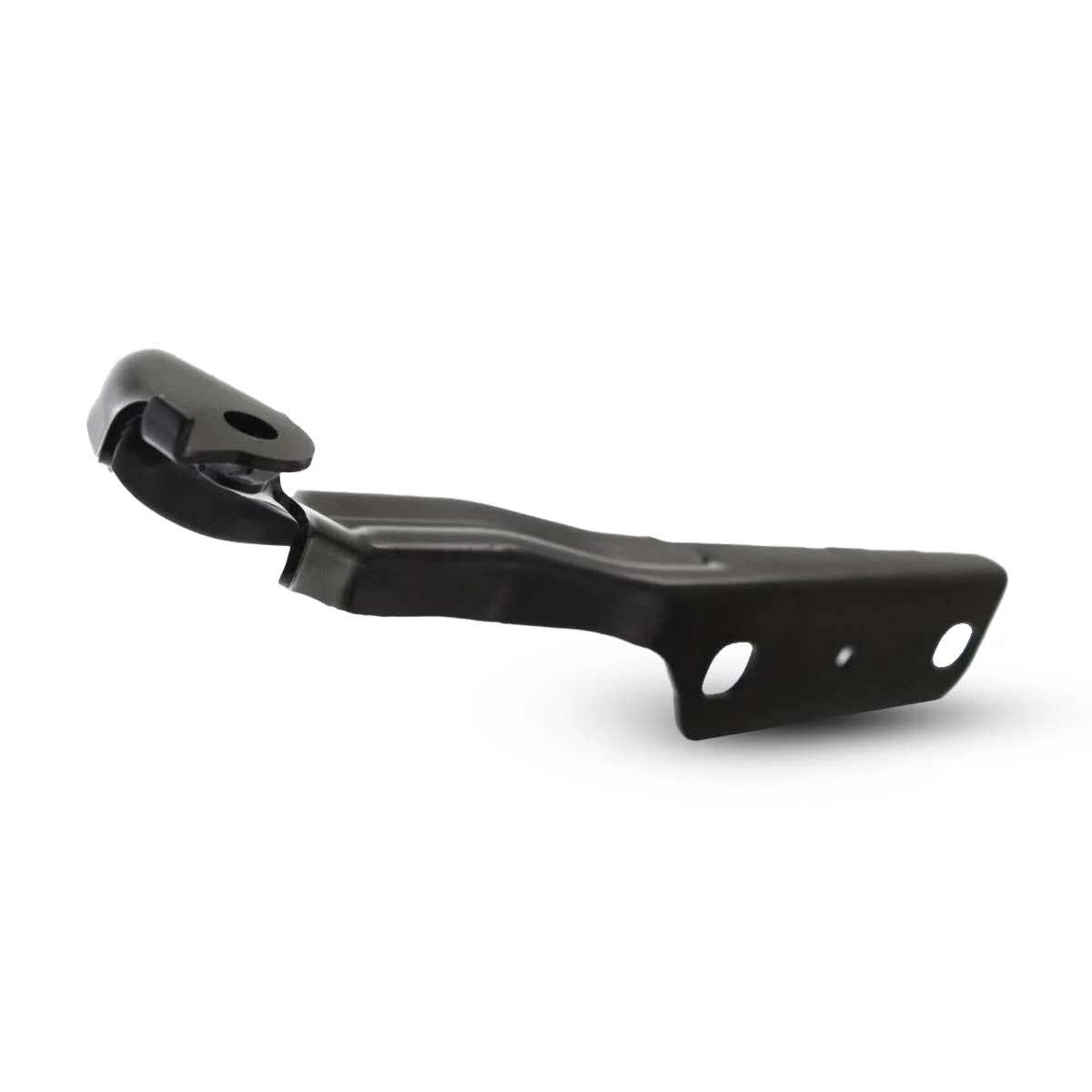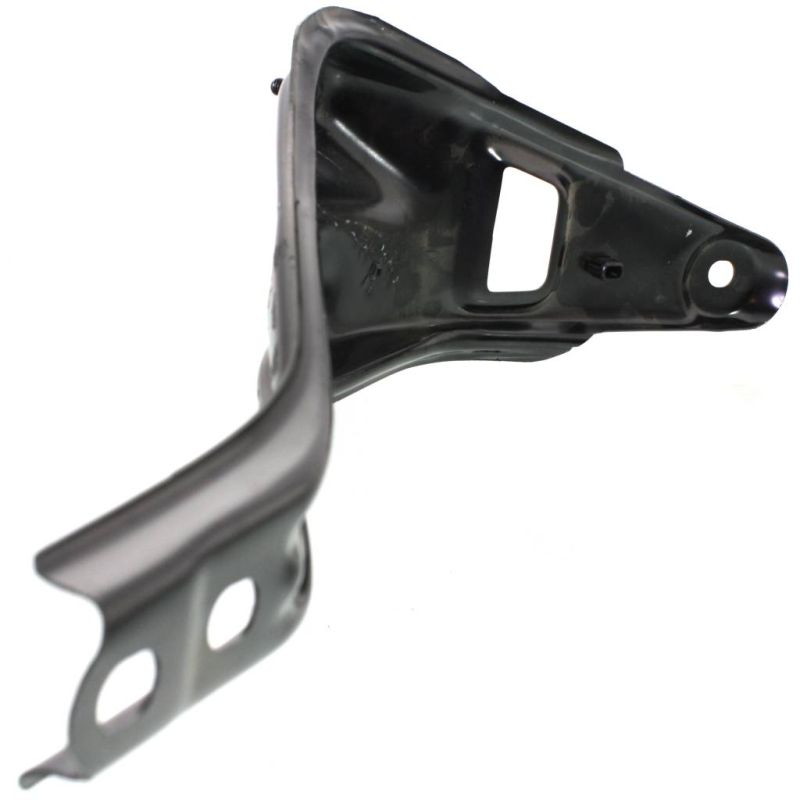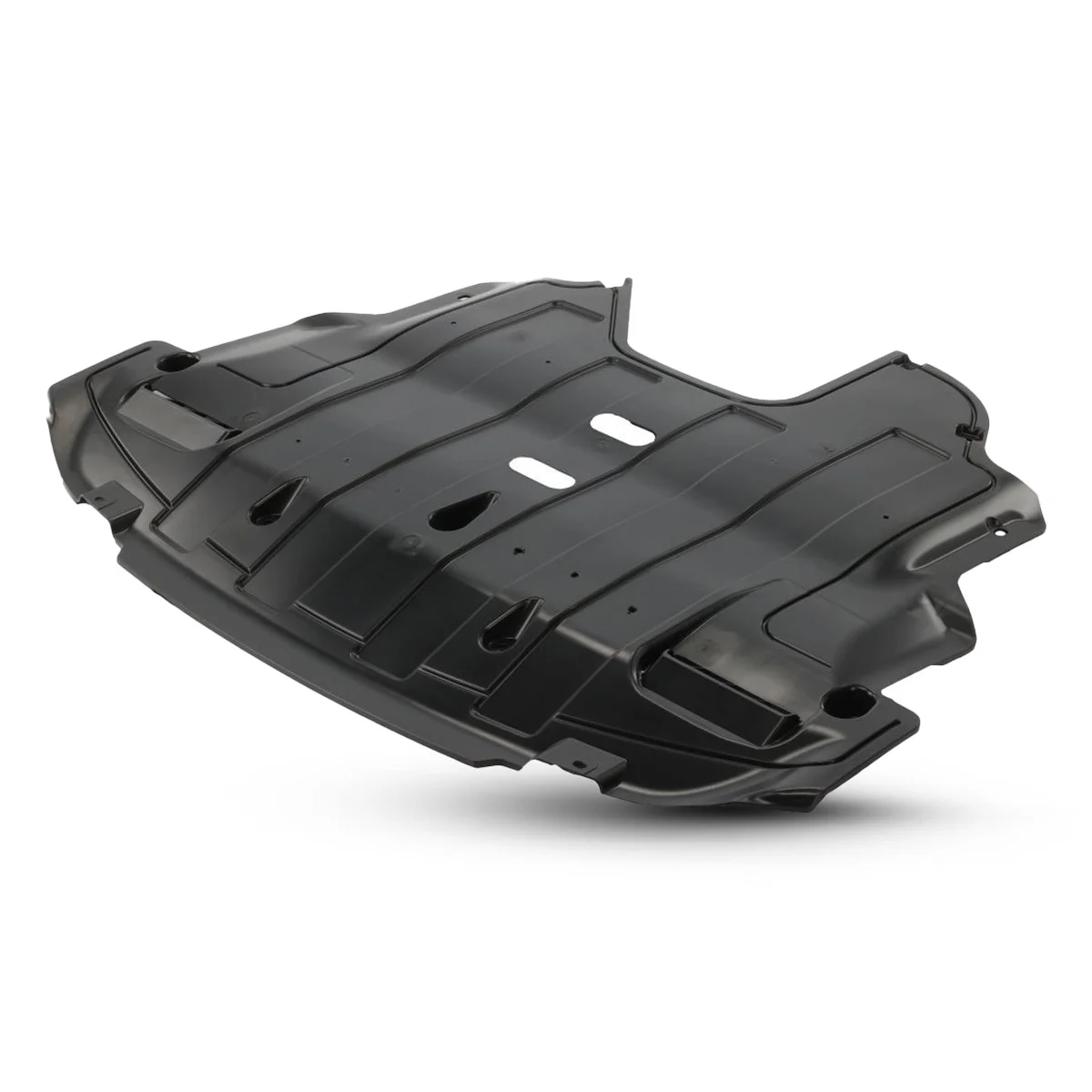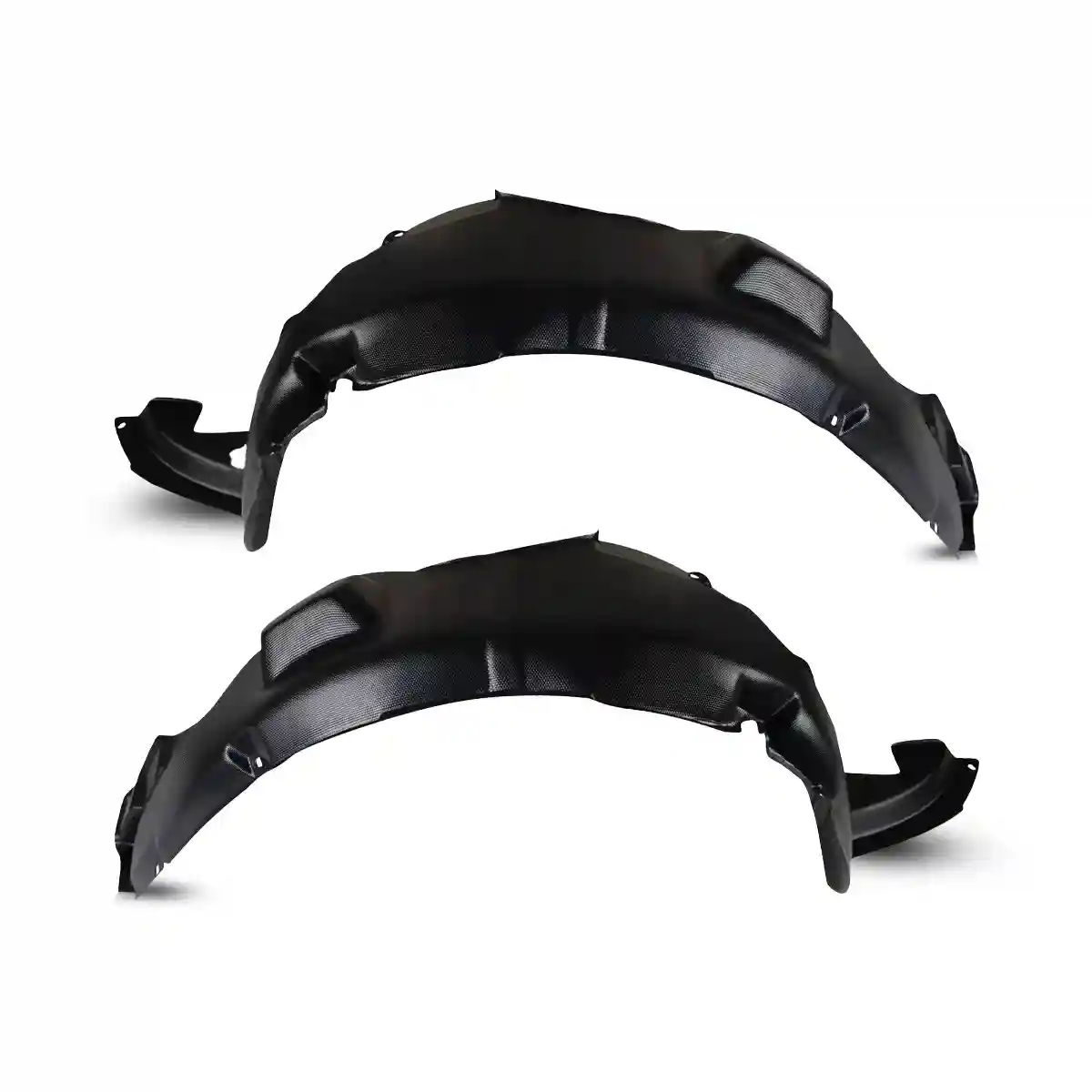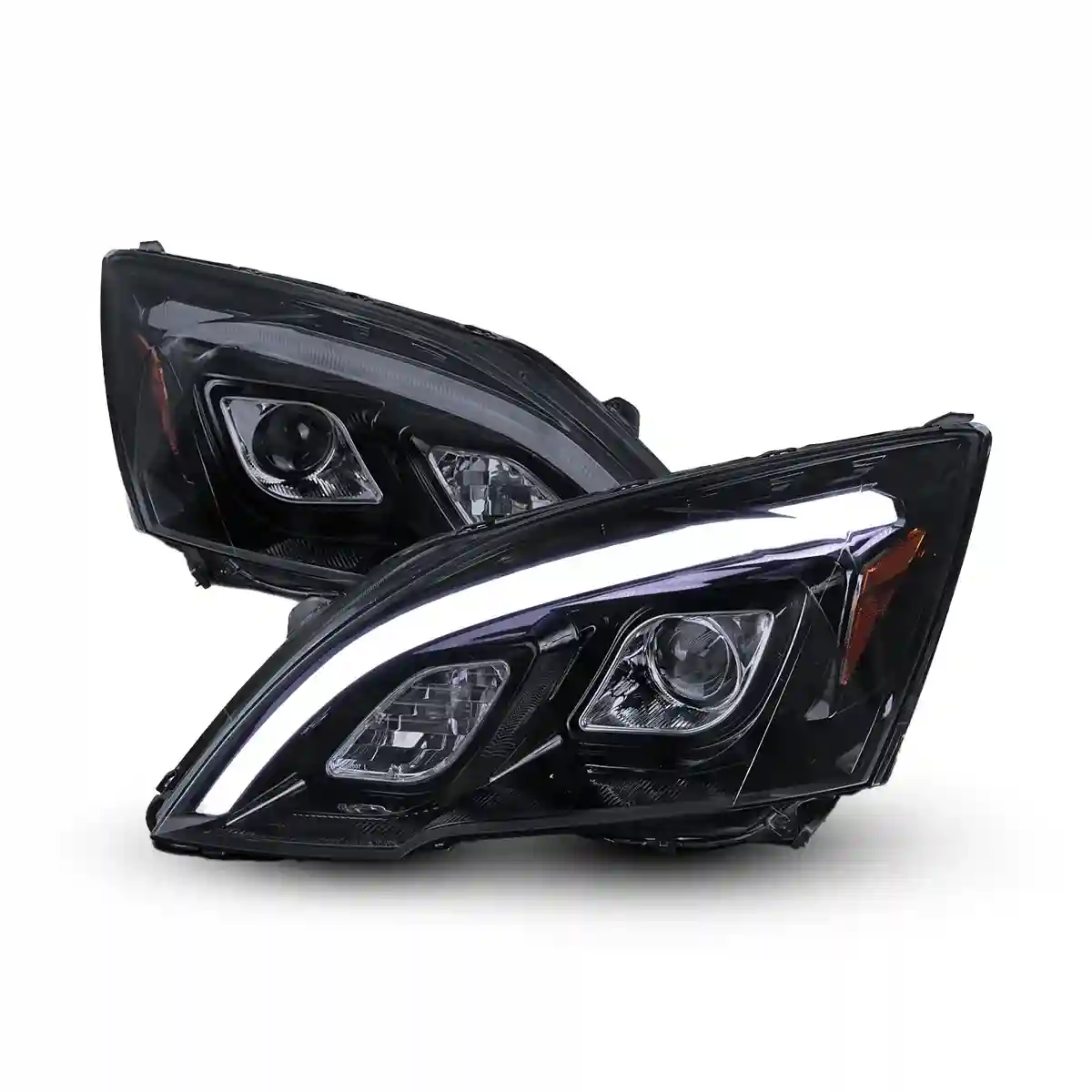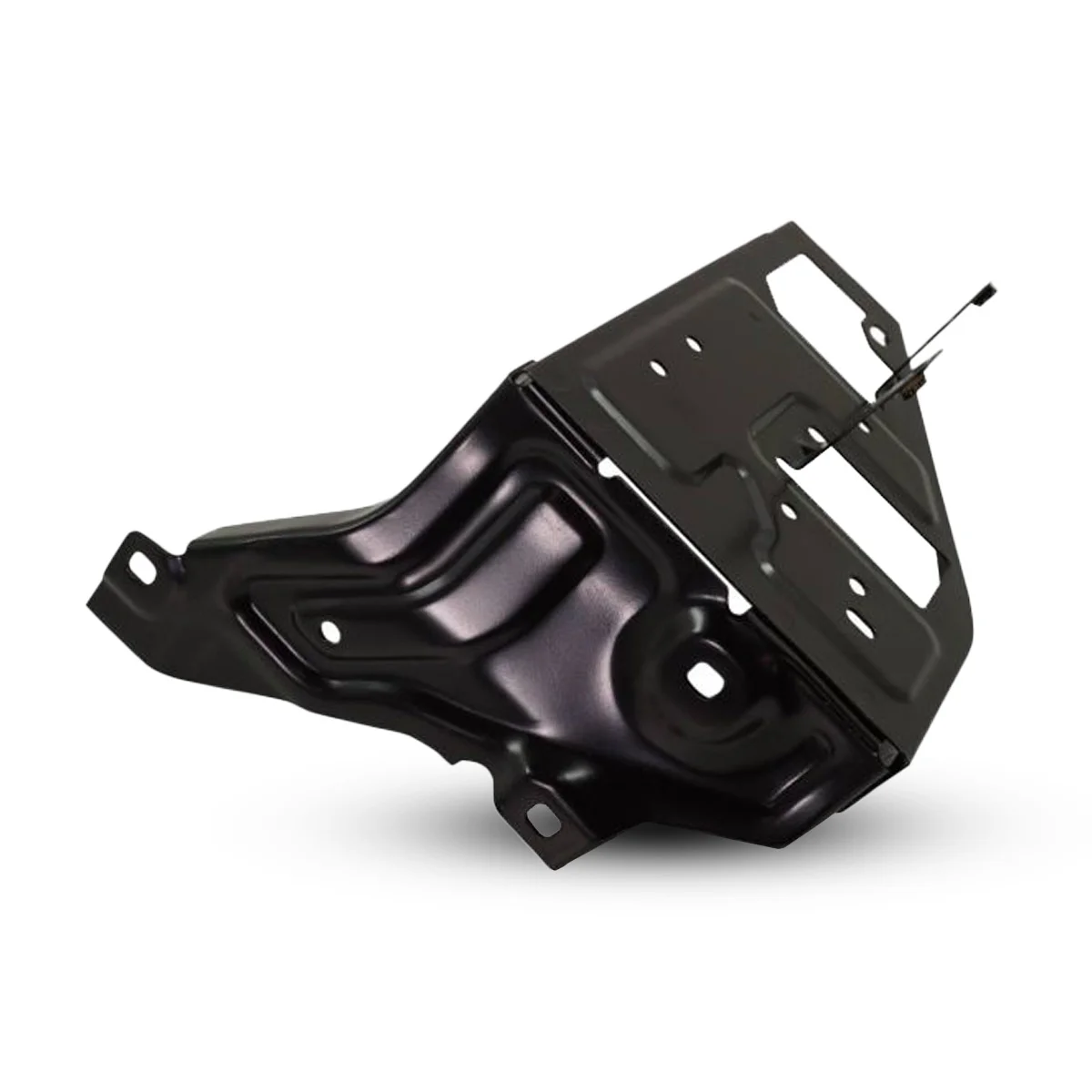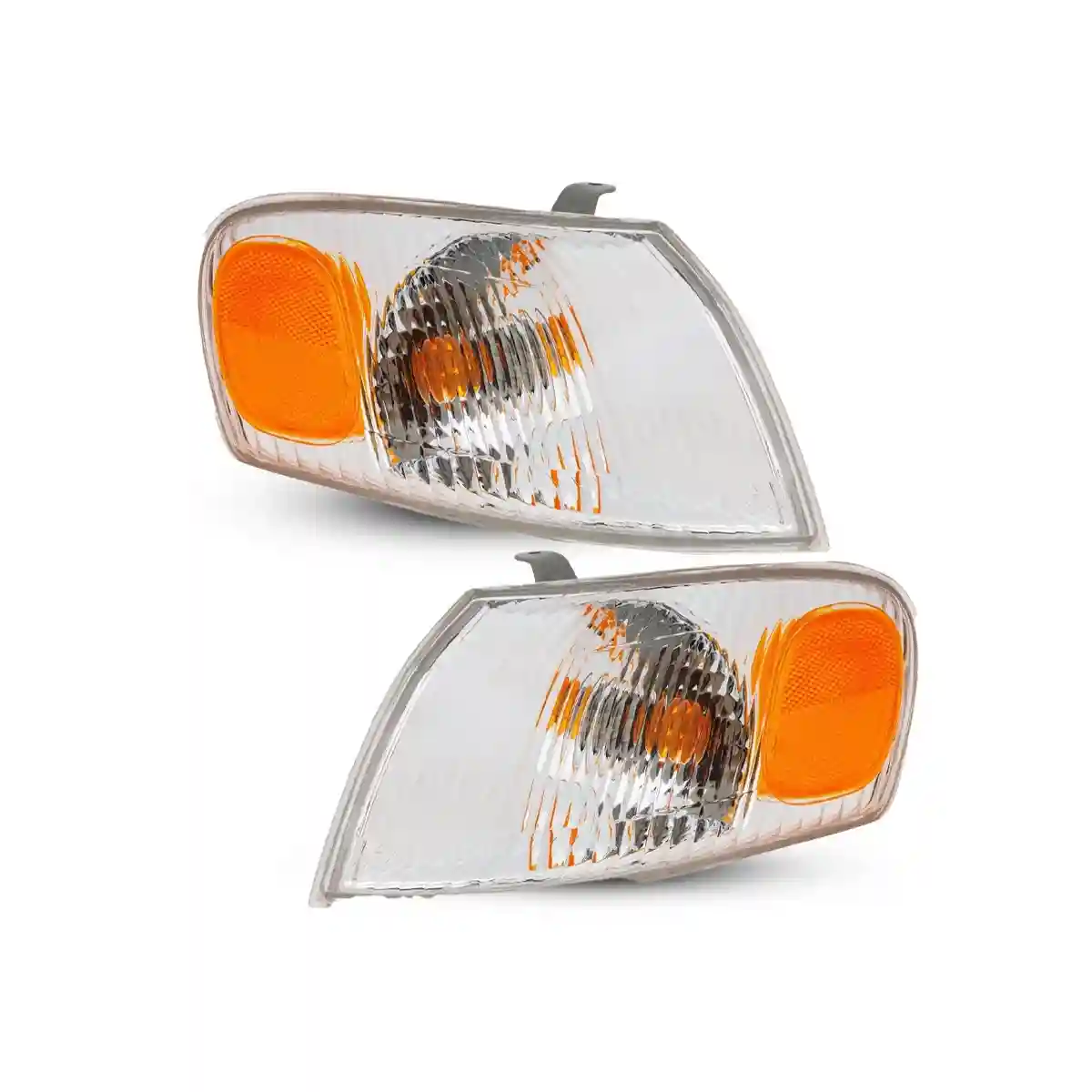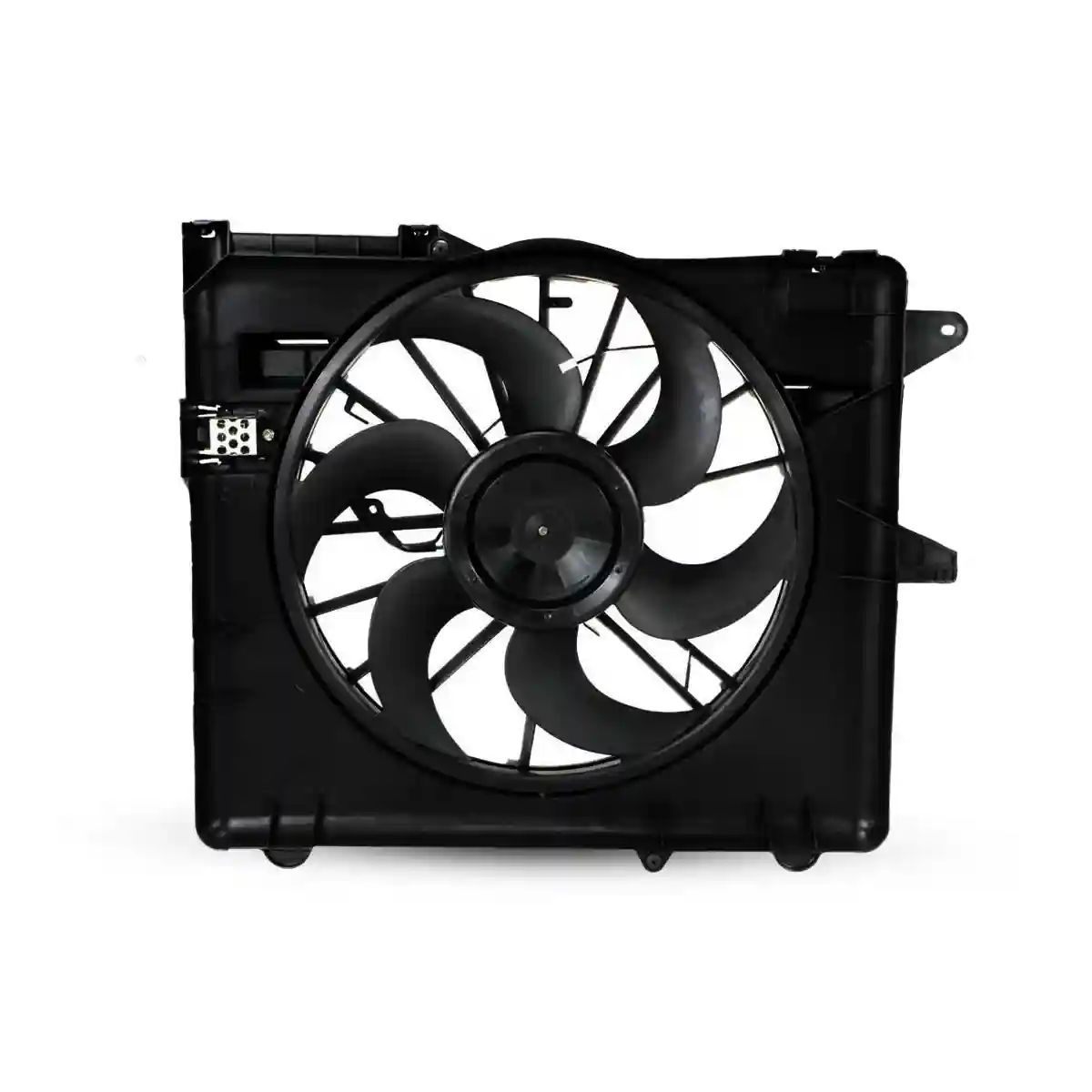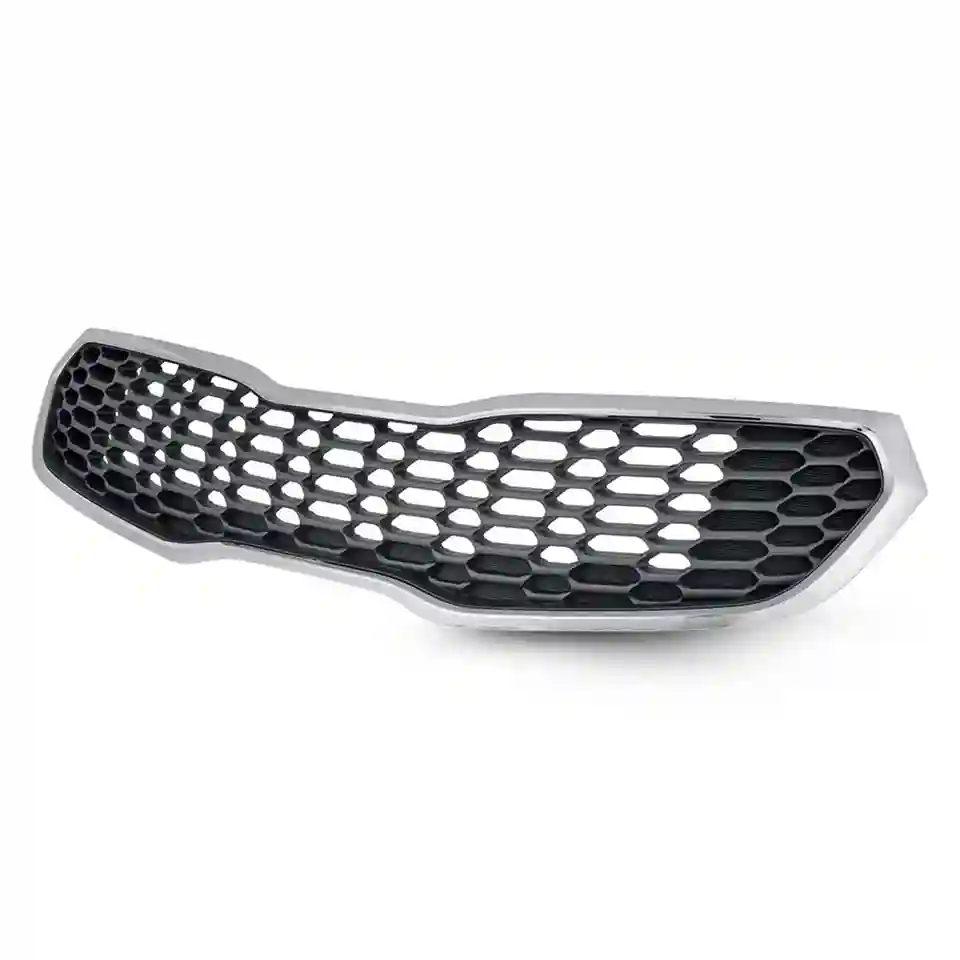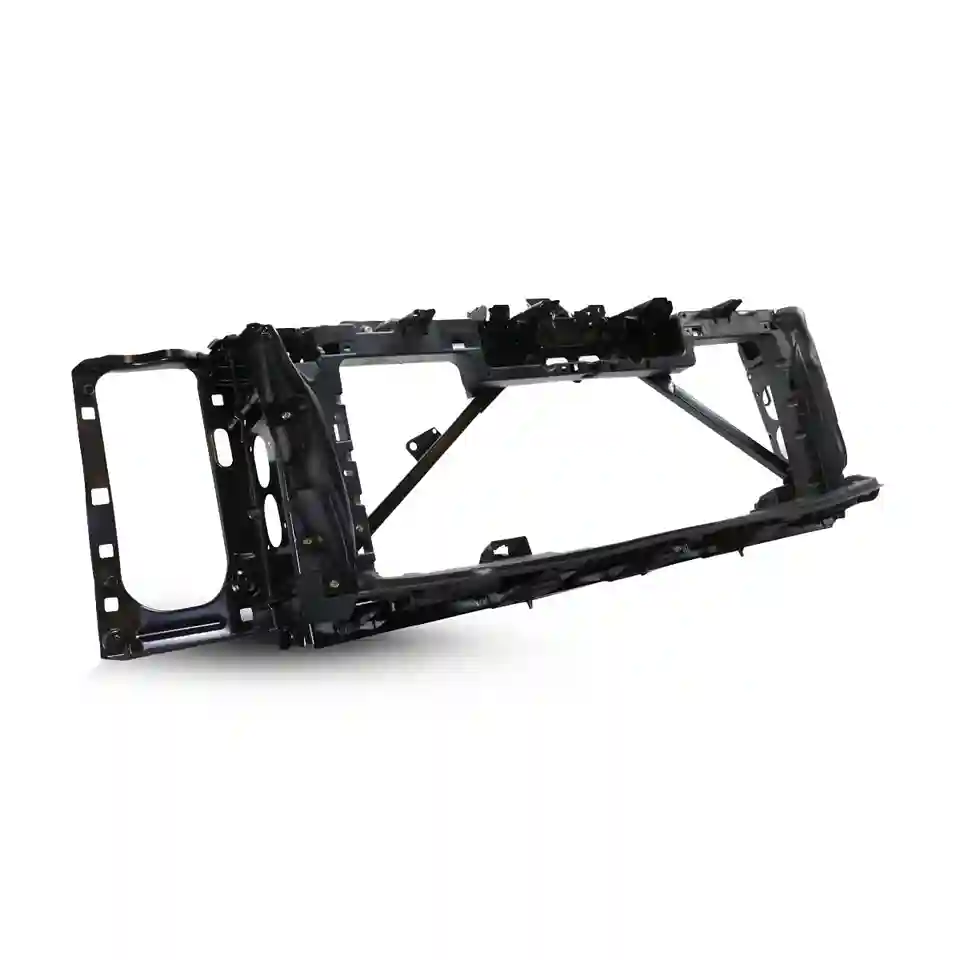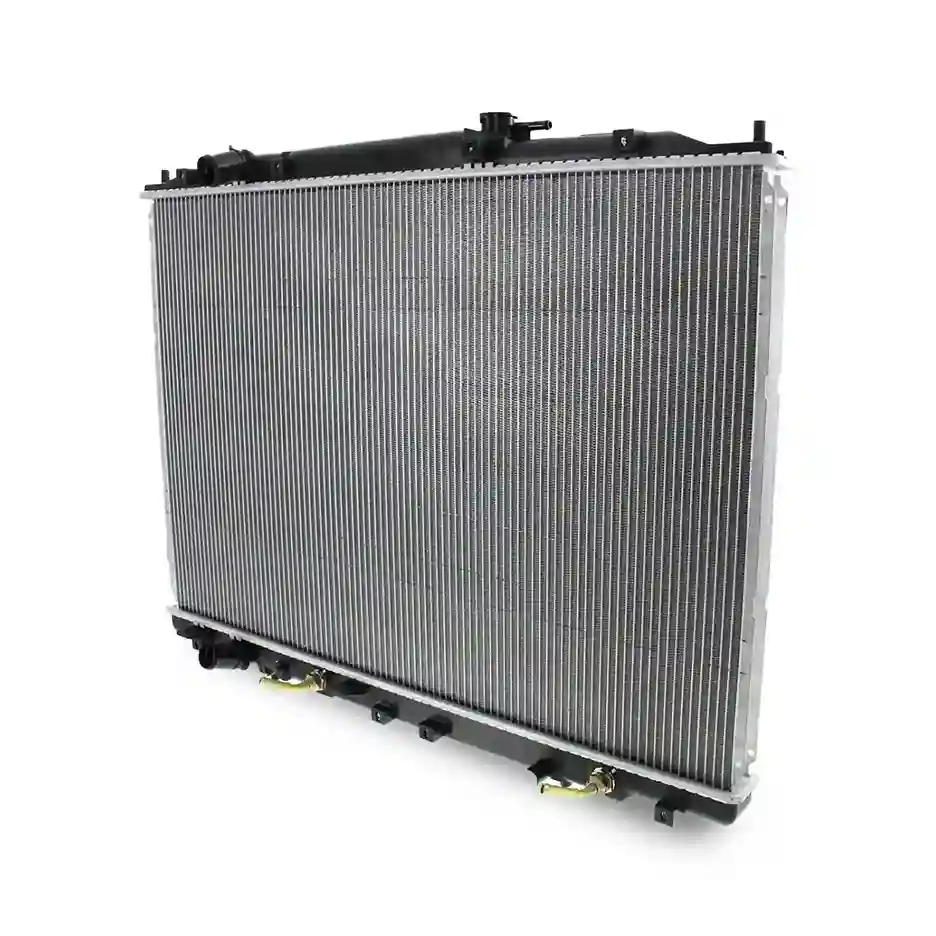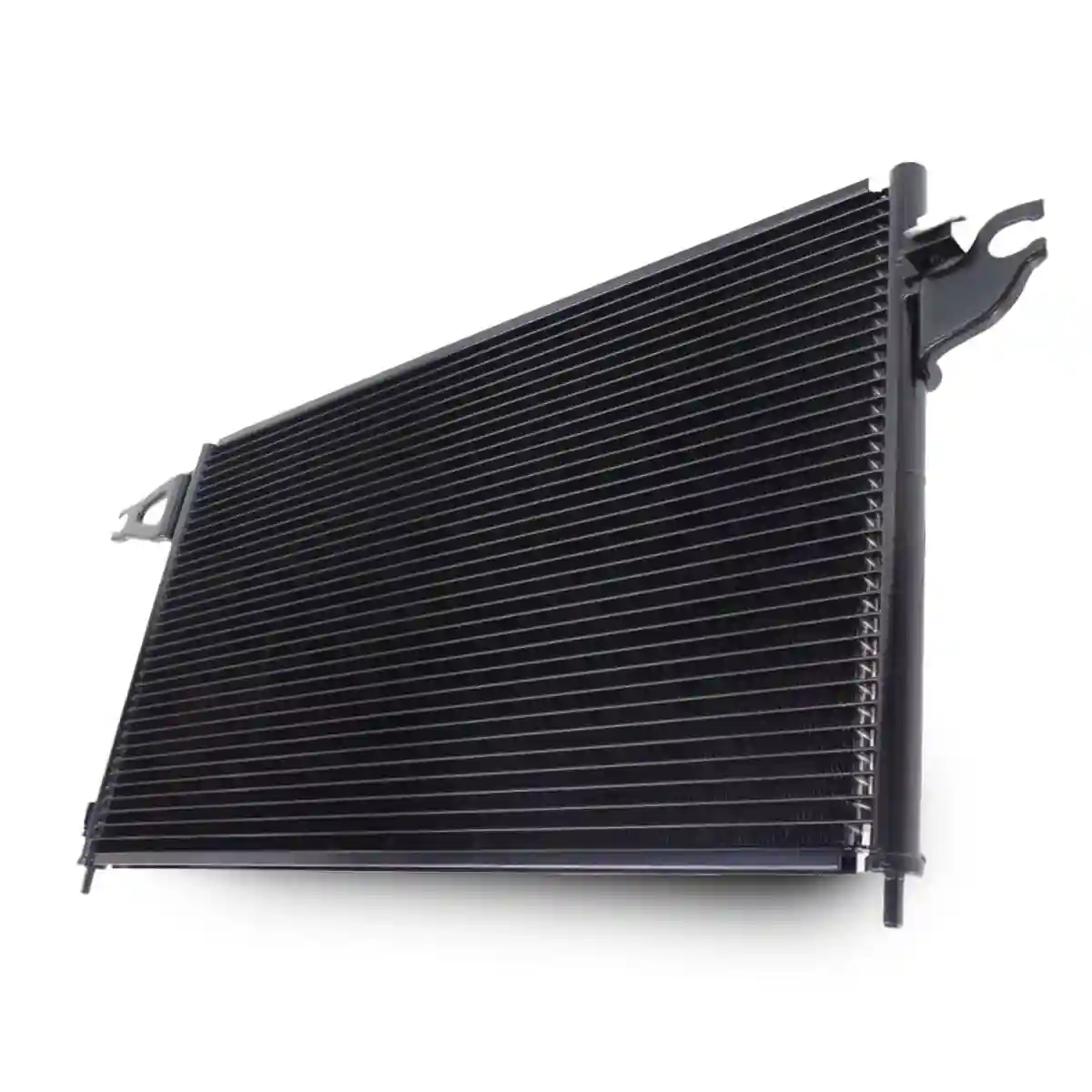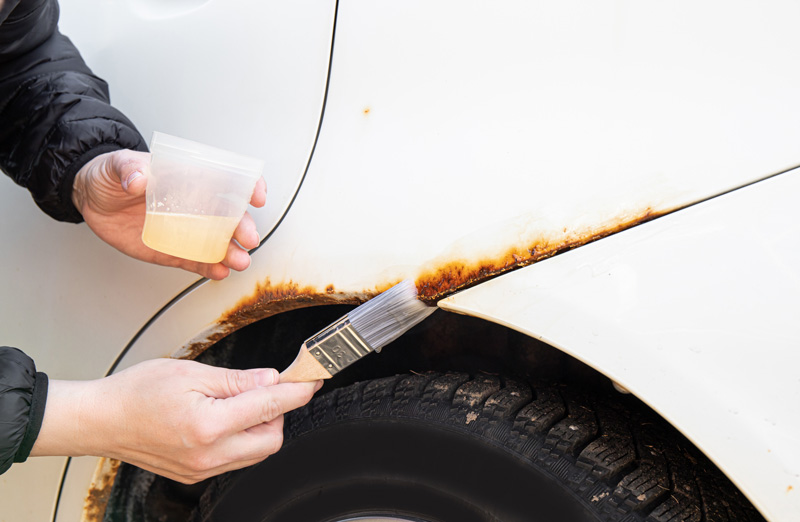For car owners, the threat of rust looms large, as it not only tarnishes the visual appeal but also erodes the very foundation of their vehicles. In the following article, we delve into a comprehensive exploration of practical methods, reliable materials, and expert techniques to shield your car paint parts from the clutches of rust. Whether you're a passionate car aficionado or a seasoned body shop proprietor, grasping the root causes of rust and implementing effective preventive measures is paramount in preserving your vehicle's worth and ensuring its enduring lifespan.
Understanding Rust Formation and its Impact on Car Paint Parts
Rust, an insidious corrosion process triggered by the combination of iron, oxygen, and moisture, poses a significant threat to the metal components, including car paint parts, of vehicles. Beyond the mere aesthetic implications, rust undermines the structural integrity of affected parts, warranting immediate attention.
A comprehensive understanding of the factors contributing to rust formation is paramount in proactively safeguarding car paint parts against this destructive phenomenon. By adopting robust rust prevention strategies and implementing protective measures like specialized coatings, reliable sealants, and meticulous maintenance, car owners can fortify their vehicle's paint parts, effectively prolonging the longevity of the exterior and preserving its pristine allure.
When metal surfaces endure prolonged exposure to moisture and oxygen, the gradual onset of rust transpires, triggering oxidation and subsequent deterioration of the metal. This detrimental progression profoundly impacts car paint parts as rust creeps beneath the surface, instigating unsightly bubbling, cracking, and, ultimately, peeling. This compromise not only compromises the vehicle's visual appeal but also weakens the affected parts, generating safety hazards and necessitating expensive repairs.
Identifying Common Causes of Rust
To effectively protect your car paint parts from rust, it's essential to identify the common causes that contribute to its formation. Factors such as exposure to moisture, road salt, environmental pollutants, scratches, and stone chips can accelerate the rusting process. Understanding these causes will help you take proactive measures to prevent rust formation.
When it comes to protecting your car paint parts from rust, it's essential to identify the common causes that can lead to its formation. By understanding these factors, you can take appropriate preventive measures. Here are some common causes of rust:
- Environmental Factors: Certain environmental conditions, such as coastal areas with high salt content in the air or industrial areas with pollutants, can contribute to rust formation. These corrosive elements can react with the metal surfaces of your car, leading to rust.
- Moisture and Humidity: Exposure to moisture, whether from rain, snow, or humidity, can accelerate rust formation. Water acts as a catalyst, initiating the oxidation process on metal surfaces.
- Road Salt and De-Icing Chemicals: In regions where road salt and de-icing chemicals are used during winter, cars are more susceptible to rust. These substances promote corrosion by increasing the conductivity of water and accelerating the rusting process.
- Scratches and Chips: Any scratches or chips in the paintwork of your car provide an entry point for moisture and oxygen, allowing rust to develop. It's crucial to repair any paint damage promptly to prevent rust from spreading.
- Lack of Protective Coatings: A protective coating, such as wax or clear coat, acts as a barrier between the metal and external elements, preventing rust formation. If the protective coating is worn off or not applied adequately, the metal is more vulnerable to rust.
- Poor Drainage and Trapped Moisture: Areas of your car where water can accumulate and remain trapped, such as wheel wells, undercarriage, and door sills, are prone to rust. Poor drainage or clogged drain holes can exacerbate the problem.
- Improper Cleaning and Maintenance: Neglecting regular cleaning and maintenance of your car can also contribute to rust formation. Dirt, grime, and road debris can trap moisture against the metal surface, promoting rust development.
By being aware of these common causes of rust, you can take proactive steps to protect your car paint parts and prevent rust from forming or spreading.
Preparing the Surface for Rust Protection
Before applying any rust protection products, it's crucial to prepare the surface properly. Start by thoroughly cleaning the car paint parts, for example hoods, to remove dirt, grime, and any existing rust. Use a mild detergent or car wash solution, along with a soft sponge or cloth, to ensure a clean and dry surface.
Preparing the surface for rust protection is a crucial step to ensure effective and long-lasting results. Here are some steps to follow when preparing the surface of car hoods for rust protection:
- Clean the surface: Start by thoroughly cleaning the hood to remove any dirt, grime, or contaminants. Use a gentle car shampoo or cleaner and a soft sponge or microfiber cloth to avoid scratching the paint.
- Remove rust spots: If there are existing rust spots on the hood, it's important to address them before applying any rust protection. Use a rust remover or a fine-grit sandpaper to gently remove the rust, taking care not to damage the surrounding paint.
- Sand the surface: After removing rust spots, lightly sand the entire surface of the hood using a fine-grit sandpaper. This step helps to create a smooth and even surface, allowing the rust protection product to adhere properly.
- Apply a primer: Applying a rust-inhibiting primer is highly recommended to provide an additional layer of protection. Choose a high-quality primer suitable for automotive applications and apply it evenly over the surface of the hood. Follow the manufacturer's instructions regarding drying times and application techniques.
Example: For instance, if you're protecting car hoods from rust, start by thoroughly cleaning the surface using a gentle car shampoo and a soft sponge. Then, address any existing rust spots by using a rust remover or sandpaper. Afterward, sand the entire surface of the hood and apply a rust-inhibiting primer for enhanced protection.
Importance of Rust Protection
Rust not only damages the appearance of your car but also poses a threat to its overall structural integrity. It can weaken the affected parts, leading to safety hazards and expensive repairs. By investing in rust protection, you can prolong the life of your car's paint parts, maintain its value, and ensure a safe driving experience.
Understanding the importance of rust protection is crucial for maintaining the longevity and appearance of your car paint parts. Rust not only affects the aesthetic appeal but also weakens the structural integrity of the vehicle, leading to potential safety hazards and costly repairs.
Applying a Protective Coating
Once the surface is clean and dry, apply a suitable rust protection coating according to the manufacturer's instructions. Ensure even coverage, paying attention to vulnerable areas such as seams, edges, and corners. Allow the coating to dry completely before exposing the car paint parts to moisture or other potential rust-causing factors.
Applying a protective coating is an effective way to safeguard car hoods from rust formation. Here are five key steps to follow when applying a protective coating:
- Choose the right product: Select a high-quality rust protection coating that is specifically designed for automotive use. Look for products that offer long-lasting durability and effective corrosion resistance.
- Prepare the surface: Ensure that the hood surface is clean and free of any dirt, grease, or contaminants. Use a mild detergent and water to wash the surface, and let it dry completely before proceeding.
- Apply the coating: Follow the manufacturer's instructions for the application of the protective coating. Typically, this involves using a brush, roller, or spray gun to evenly apply the coating onto the surface of the hood. Take care to cover all areas, including edges and corners.
- Allow proper drying time: After applying the protective coating, allow sufficient drying time as specified by the product instructions. This ensures that the coating forms a strong bond with the surface and provides maximum rust protection.
- Maintain the coating: Regularly inspect the coating for any signs of damage or wear. If necessary, reapply the protective coating to maintain its effectiveness. Additionally, follow proper car care practices such as regular washing and waxing to prolong the lifespan of the coating and enhance its protective properties.
By following these steps and applying a reliable protective coating, you can effectively shield your car hood from rust and extend its lifespan.
Choosing the Right Rust Protection Products
Selecting the appropriate rust protection products is vital for effective prevention. Look for coatings or treatments specifically designed to inhibit rust formation and provide a protective barrier against moisture and environmental elements. When choosing a protective coating for car replacement grills and other parts prone to corrosion, it is important to opt for a high-quality coating that offers durable and long-lasting protection.
Look for coatings specifically designed to resist rust, corrosion, and environmental factors, ensuring the longevity and aesthetic appeal of your car's exterior. Remember that damaged car grilles can be replaced by choosing the appropriate option on our website.
Protecting Car Underbody from Rust
The underbody of your car is highly susceptible to rust formation due to constant exposure to road salt, moisture, and debris. Applying an undercoating specifically designed for rust prevention can significantly enhance the longevity of your car's underbody. It acts as a protective barrier, preventing the corrosive substances from coming into direct contact with the metal components.
Protecting the car underbody from rust is crucial, as it is particularly vulnerable to corrosion due to exposure to road salt, moisture, and other harmful elements. Applying an underbody coating or sealant can provide a protective barrier, preventing rust formation and preserving the structural integrity of the vehicle.
Winter Rust Protection Tips
Winter weather conditions can exacerbate the risk of rust formation on your car paint parts. The combination of moisture, road salt, and freezing temperatures can accelerate the corros
ion process. Here are some winter rust protection tips to consider:
- Regular Maintenance and Inspection: Conduct regular inspections of your car's paint parts during the winter season. Look for any signs of rust, scratches, or damage. Addressing these issues promptly can prevent rust from spreading and causing further damage.
- Washing Techniques for Rust Prevention: Wash your car regularly during winter to remove road salt and other corrosive substances. Use a high-quality car wash solution and pay special attention to the undercarriage and wheel wells. Consider using a pressure washer to ensure thorough cleaning.
- Additional Measures for Rust Prevention: In addition to regular washing, consider applying a layer of wax or a paint sealant to provide an extra barrier of protection. These products can help repel moisture and prevent rust formation. Furthermore, using mud flaps or splash guards can minimize the amount of debris and salt that reaches your car's paint parts.
- Rust Protection for Specific Car Parts: Certain car parts, such as fenders, replacement grilles, and hoods, are more prone to rust due to their exposure to the elements. Consider using specific rust protection products designed for these parts to provide targeted prevention.
Conclusion
Protecting your car paint parts from rust is essential for maintaining its appearance and structural integrity. By understanding the causes of rust, choosing the right protective products, and implementing preventive measures, you can significantly reduce the risk of rust formation. Regular maintenance, proper washing techniques, and additional rust protection measures will ensure that your car remains in optimal condition for years to come.
FAQs
How to protect car underbody from rust?
To protect the car underbody from rust, consider applying an undercoating or rust inhibitor specifically designed for this purpose. Regularly wash the undercarriage to remove road salt and debris, and inspect for any signs of rust or damage.
Does a car cover protect from rust?
Car covers can offer some protection against rust by preventing direct exposure to moisture and environmental elements. However, it's important to choose a breathable cover to avoid trapping moisture underneath, which can lead to condensation and potential rust formation.
How does wax seal protect a car from rusting?
Wax acts as a protective barrier on your car's paint parts, sealing the surface and preventing moisture from reaching the metal. It also provides a layer of protection against environmental pollutants and UV rays, reducing the risk of rust formation.
How to protect car scratch from rust?
To protect a car scratch from rust, clean the affected area thoroughly and apply touch-up paint or a rust inhibitor. Regularly monitor the scratch and address any signs of rust promptly to prevent it from spreading.
What protects car doors from rusting?
Applying a rust protection coating or wax to the car doors can help protect them from rust. Additionally, promptly addressing any scratches or chips on the doors and regularly washing the vehicle can minimize the risk of rust formation.



